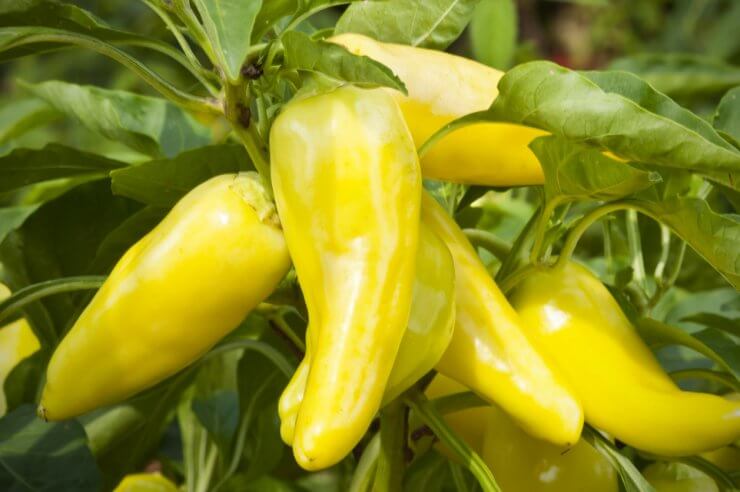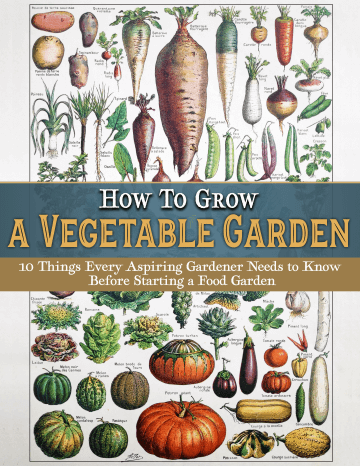
A long time ago—back when Subway sandwich shops seemed like the height of lunch sophistication—I discovered banana peppers.
At the time, my routine was simple: walk to the neighborhood Subway for lunch, order a sandwich, and marvel at the glorious selection of veggies I could pile onto it. Lettuce? Sure. Tomatoes? Of course. Jalapeños? Maybe not today. But banana peppers? Now those were special—bright yellow, slightly tangy, and adding just the right amount of zing to every bite.
What I didn’t realize was that this innocent lunchtime habit was about to spark a lifelong obsession—not just with eating banana peppers, but with growing them.
One summer day, as I was heading out the door for my usual sandwich run, my then-teenage son, Ryan, stopped me and asked where I was going. I explained my lunchtime pilgrimage, and he immediately scoffed.
“Why are you paying for that stuff?” he asked. “I just bought way better meats and veggies at the grocery store. I’ll make you a real sandwich.”
Far be it from me to argue with a confident teenager wielding fresh deli meats. So I accepted, and that moment kicked off an entire father-and-son summer lunch series, where Chef Ryan experimented with every sandwich combination known to mankind. Banana peppers—crisp, slightly spicy, and vibrant—were a staple of our culinary creations. And as any dedicated food gardener would tell you, it was only a matter of time before I decided to grow my own.
Discover 10 top tips for growing, harvesting, and enjoying fruits, vegetables, herbs and more from your home garden—when you access the FREEBIE How to Grow a Vegetable Garden, right now!
A Brief History of Banana Peppers (And Why They Deserve a Spot in Your Garden)
Now that I was fully committed to my banana pepper journey, I did a little digging into their origins.
Banana peppers—also called yellow wax peppers—are native to the Americas, closely related to Hungarian wax peppers but much milder. They range from sweet and tangy to mildly spicy, making them one of the most versatile peppers you can grow.
These peppers became wildly popular in the U.S. for one simple reason: they make everything taste better. Home gardeners love them because they produce heavily, thrive in a variety of settings, and are ridiculously easy to grow (seriously, I dare you to plant one and not end up with a basket full of peppers).
Whether you’re slicing them onto sandwiches (thanks, Ryan), stuffing them with cheese, or pickling them for a tangy kick, banana peppers are the gift that keeps on giving.
The Pros and Cons of Growing Banana Peppers
Before you rush out and plant your entire yard with banana peppers, let’s break down what makes them so wonderful—and what you might want to prepare for.
Pros:
- Beginner-Friendly: They’re one of the easiest peppers to grow, even if you’ve never had success with peppers before.
- Prolific Producers: A single plant can yield dozens of peppers throughout the season.
- Perfect for Containers, Raised Beds, or In-Ground Gardens: No matter how much (or little) space you have, they’ll thrive.
- Deliciously Versatile: Sweet or mildly spicy, they’re perfect fresh, cooked, or pickled.
- Great for Pickling: If you love homemade pickles, these peppers are a dream.
Cons:
- Can Grow Wild: If left unchecked, banana pepper plants can get a bit out of control. Stake them early, or risk a pepper jungle.
- Mild Heat: If you’re a hardcore spice lover, banana peppers might not be fiery enough for you.
- Sun Lovers: If your garden is shady, these plants won’t be as happy as they would in full sun.
How to Grow Banana Peppers Like a Pro
Now, let’s get serious about growing these beauties.
Step 1: Choosing the Right Banana Peppers
- Sweet Banana Peppers: Milder, great for fresh eating and salads.
- Hot Banana Peppers: A little kick, but nothing overwhelming.
Both grow the same way, so pick what suits your taste buds!
Step 2: Planting Your Peppers
- Sunlight: Full sun (at least 6-8 hours a day).
- Soil: Well-draining, rich in organic matter, and slightly acidic (pH 6.0-6.8).
- Temperature: Plant after the last frost when temperatures are consistently above 55°F at night.
- Spacing: Give them about 12-18 inches apart in beds or one plant per 5-gallon container.
Step 3: Taking Care of Your Banana Pepper Plants
- Watering: Keep the soil moist but not soggy. Deep watering once or twice a week is best.
- Fertilizing: Use a balanced fertilizer (10-10-10) or compost for steady growth.
- Supporting Your Plants: As peppers grow, they might need a stake or tomato cage to stay upright.
Step 4: Harvesting Your Banana Peppers
How to Harvest: Snip the peppers off with scissors rather than pulling them off by hand.
When to Pick:
- For a mild, tangy taste, harvest when they’re light yellow.
- For a sweeter, more developed flavor, wait until they turn orange or red.
Pro tip: The more you harvest, the more the plant produces!
How to Eat Banana Peppers (Beyond Just Sandwiches)
Now that you have a bumper crop of banana peppers, let’s talk about how to use them.
Best Ways to Enjoy Banana Peppers:
On Sandwiches & Burgers: Obviously.
In Salads: Slice them raw for a crunchy, tangy boost.
Stuffed Banana Peppers: Fill them with cheese, sausage, or ground beef.
Pickled Banana Peppers: Perfect for topping pizzas, hot dogs, and more.
Banana Pepper Relish: Blend them with onions and vinegar for a killer condiment.
Tossed on Pizza: Mild enough for everyone to enjoy.
In Scrambled Eggs & Omelets: A secret weapon for breakfast flavor.
Banana Pepper Hot Sauce: Mix them with vinegar and garlic for a zesty homemade sauce.
Final Thoughts: A Must-Grow for Any Home Garden
If you’re looking for a low-maintenance, high-reward plant, banana peppers are the way to go. They’re fun to grow, wildly productive, and add something special to almost any meal.
Want to master the art of growing banana peppers? Check out our Ultimate Guide to Growing, Harvesting, and Eating Hot Peppers for expert tips, step-by-step instructions, and even more mouthwatering recipes.
Happy gardening—and may your sandwiches (and your garden) be forever delicious!




